I have recently had the opportunity to visit a few ecologically built green office buildings equipped with energy, material and water solutions that seek as little as possible to burden the environment. Building technology is always interesting, especially if it aims to bring something totally new and different to design and construction. In particular, the idea of a closed-loop sewage system was fascinating: the solid matter is composted and after purification the water is returned to the circulation as drinking water. Hmmm…?
Solar panels, geothermal heat systems, natural ventilation, green roofs, daylight maximisation and rainwater harvesting and purification are building blocks that can be used to minimise the environmental impacts of public buildings. Timber structures reduce the carbon footprint right from the construction phase. Other elements of a living, green building include harmless building materials, good access to public transport services and a closed-loop water system.
The Bullitt Center in Seattle and the Centre for Interactive Research on Sustainability (CIRS) building in the campus area in Vancouver are even more advanced in terms of their solutions. The starting point of their design has been to encourage and study changes in human behaviour.
The Bullitt Center is a project of the Bullitt Foundation, which wanted to build the greenest office building in the world using existing, commercial solutions. The costs of this pioneering building, which opened a couple of years ago, were 25% higher than those of a conventional office buildings.
Solar panels, geothermal heat systems, rainwater harvesting and purification are also used in other buildings, but the Bullitt Centre aimed to meet all the goals of the Living Building Challenge simultaneously. One of its special features is a composting toilet system. Can you even use the abbreviation WC when the toilets use only two tablespoons of water per flush?
However, whether a building is ultimately environmentally friendly is determined by how it is used, and by the people who use it. The Bullitt Center is equipped with screens on which every visitor can monitor the systems of the building in real time: its energy production and consumption as well as performance against targets. Those working in the building are encouraged to use the stairs instead of the lift and to come to work by public transport or by bike. In many office buildings the stairs are hidden, but in the Bullitt Center they are the first thing that the visitor sees when arriving at the front entrance. Large windows and extended landings, on which you can greet a passing friend or enjoy the incredible views, attract people. The building provides parking for bikes only.
In Canada, the CIRS building of the University of British Columbia serves as a learning environment and research test-bed for sustainable practice. The department of psychology has facilities on the fourth floor of the building. User experiences, human behavioural aspects and learning are at least as important as the functionality of technical solutions. Solutions piloted at the research centre are now being introduced to other areas on the campus. For example, waste sorting stations have proved to be functional and will soon also be taken into use in other departments.
Buildings constructed applying new approaches are interesting. In addition to their impressive websites, the CIRS building in Vancouver and the Bullitt Center in Seattle can also be visited by the public, who can take tours of the buildings. It was fascinating to take a peek behind the scenes. And of course, one had to try the composting toilet at the Bullitt Center. However, we were not able to taste the water purified from urine. The authorities have not yet given their approval for the closing of the water system.
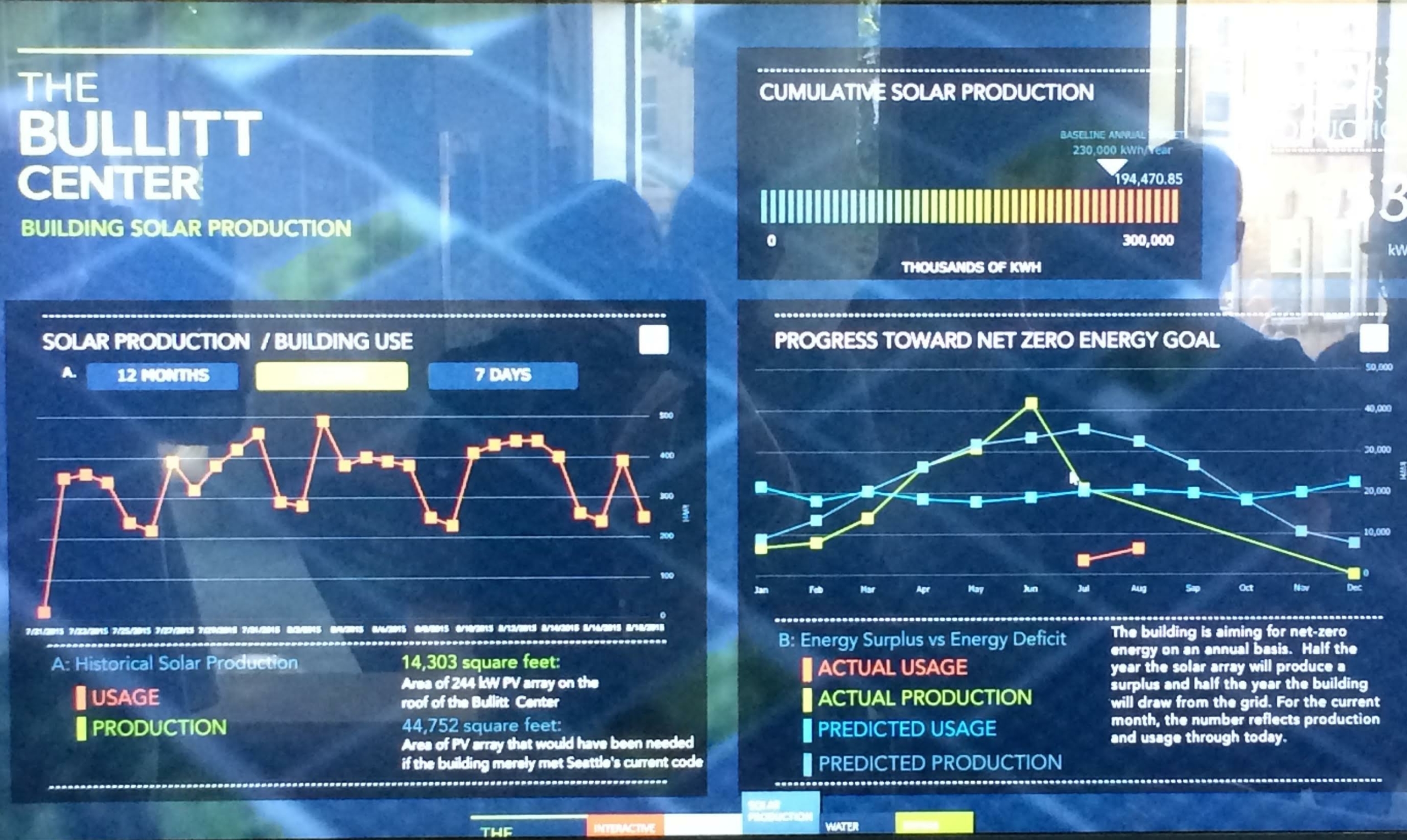
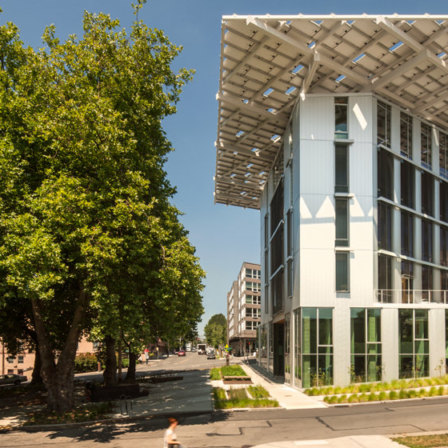
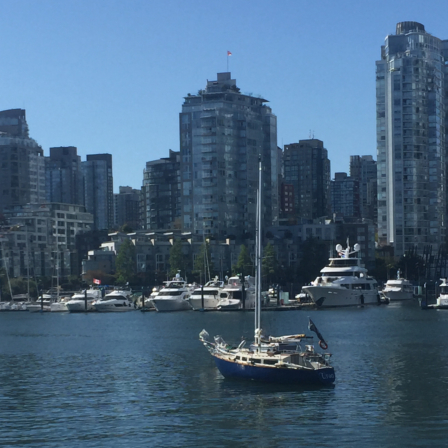



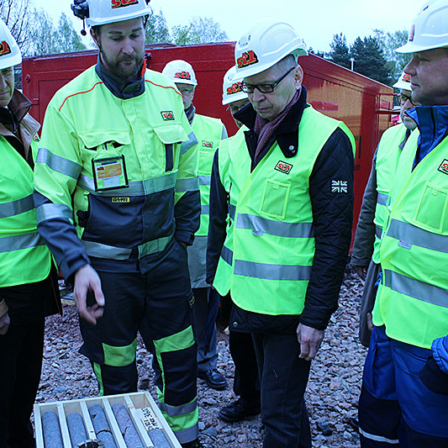
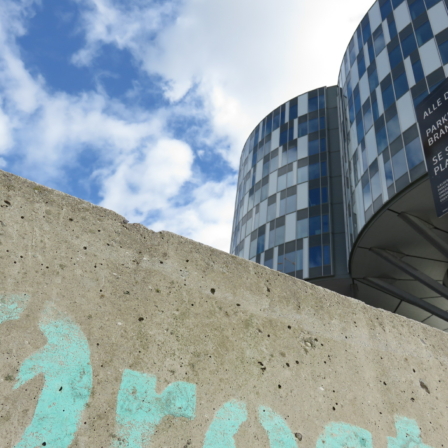

Recommended